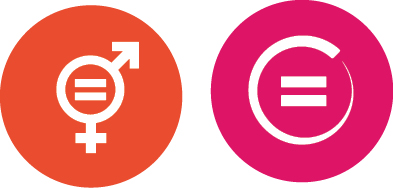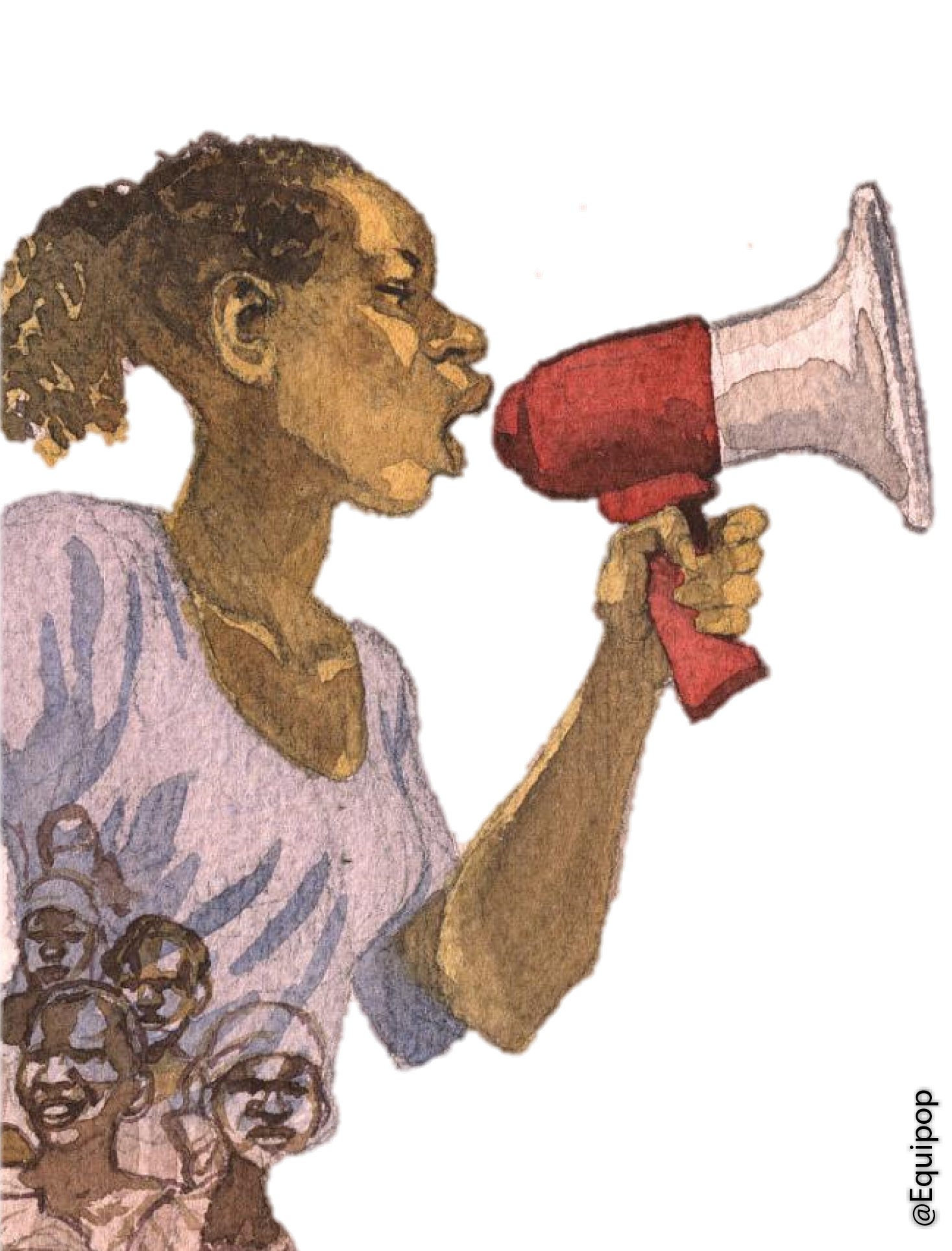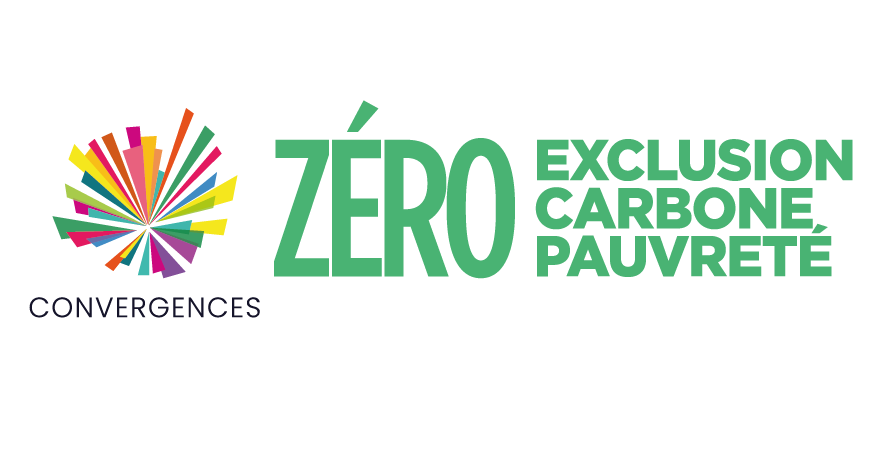 Achieve gender equality” by 2030. This is the aim of Sustainable Development Goal (SDG) 5, which was adopted by the United Nations in 2015 alongside 16 other goals. However, many obstacles stand in its path. For this to happen by 2030, efforts must be stepped up, especially given that SDG 5 is particularly transversal. Here is why.
Achieve gender equality” by 2030. This is the aim of Sustainable Development Goal (SDG) 5, which was adopted by the United Nations in 2015 alongside 16 other goals. However, many obstacles stand in its path. For this to happen by 2030, efforts must be stepped up, especially given that SDG 5 is particularly transversal. Here is why.
Gender equality, equality between women and men, the gender approach: all these terms, which are not perfectly synonymous but fall within the scope of SDG 5, have one thing in common: they cover both transversal and specific approaches.
First, SDG 5 is inextricably linked to the 16 other goals that make up the 2030 Agenda. The gender approach must therefore permeate all sectors. For example, an action in support of girls’ schooling will bear very few results if girls are kept out of school for health reasons, money issues, because of specific social relations, etc.
This transversal feature is found in particular in the selection criteria of the OECD Development Assistance Committee, which approves projects that incorporate a gender dimension without making it the primary objective. That said, and to avoid a solution that is too broad to be useful, projects must be carried out that are aimed specifically at reducing gender inequalities and empowering women and girls.
Second, the universal nature of SDG 5 is particularly evident. Unlike the SDGs, which apply to all countries, their predecessors, the Millennium Development Goals (MDGs), were limited to developing countries. The shift from MDGs to SDGs has been a major breakthrough in terms of coherence, as the mechanisms that lead to gender inequalities are the same in both so-called “developing countries” and in the richest countries.
Sexual and gender-based violence, forced marriages, girls dropping out of school, women’s lack of access to property ownership, a bank account or even an identity, wage inequality, women’s under-representation in political processes are all variations of the same phenomenon: the inequal social status of women and men across all societies.
This discrimination also amplifies the consequences for women of phenomena affecting individuals without differentiation. A good example of this is climate change. While all individuals are affected, it exacerbates the vulnerable conditions in which women find themselves. As such, an external element worsens inequalities due to the way human societies are organised.
A genuinely transformative approach
 The universal nature of the 2030 Agenda is fundamental to understand the importance of SDG 5 and, above all, to implement it. However, the gender approach is also transformative in ways that extend beyond sexual inequality for two reasons:
The universal nature of the 2030 Agenda is fundamental to understand the importance of SDG 5 and, above all, to implement it. However, the gender approach is also transformative in ways that extend beyond sexual inequality for two reasons:
First, adopting a gender approach means making development aid policies more effective. Breaking down data by gender (a method that can be applied to other factors -age, income, etc.) in the same phase of a project or policy allows operators to identify more accurately their target audience and to better meet its needs.
Secondly, and even more crucial, the gender approach is by definition a way of questioning power relation. It therefore makes an important contribution to the deconstruction of an inequal model – a prerequisite for any transition to a genuine sustainable development.
For these reasons, transitions in all areas (ecological, digital, etc.) must be made with the full participation of women and girls. Their involvement in the decision-making process will be both a sign that we are getting closer to gender equality, and also a strengthening factor in achieving the other SDGs.
A good example of that is provided by a recent study by the International Peace Institute linked SDG 5 to SDG 16 (Peace, Justice and Strong Institutions) which demonstrated that peace processes which include women have a 35% greater chance of lasting more than 15 years!
However, achieving genuine equality would also require a rewording of SDG 5. “Achieving gender equality and empowering all women and girls”: this formulation makes women and girls passive! While the term “empowerment” can be interpreted in various ways, it is clear that such language reflects, unintentionally or not, a narrow conception of change. Instead, women and girls will build their futures through an active voice.
NICOLAS RAINAUD
HEAD OF ADVOCACY
EQUIPOP & WOMEN 7
